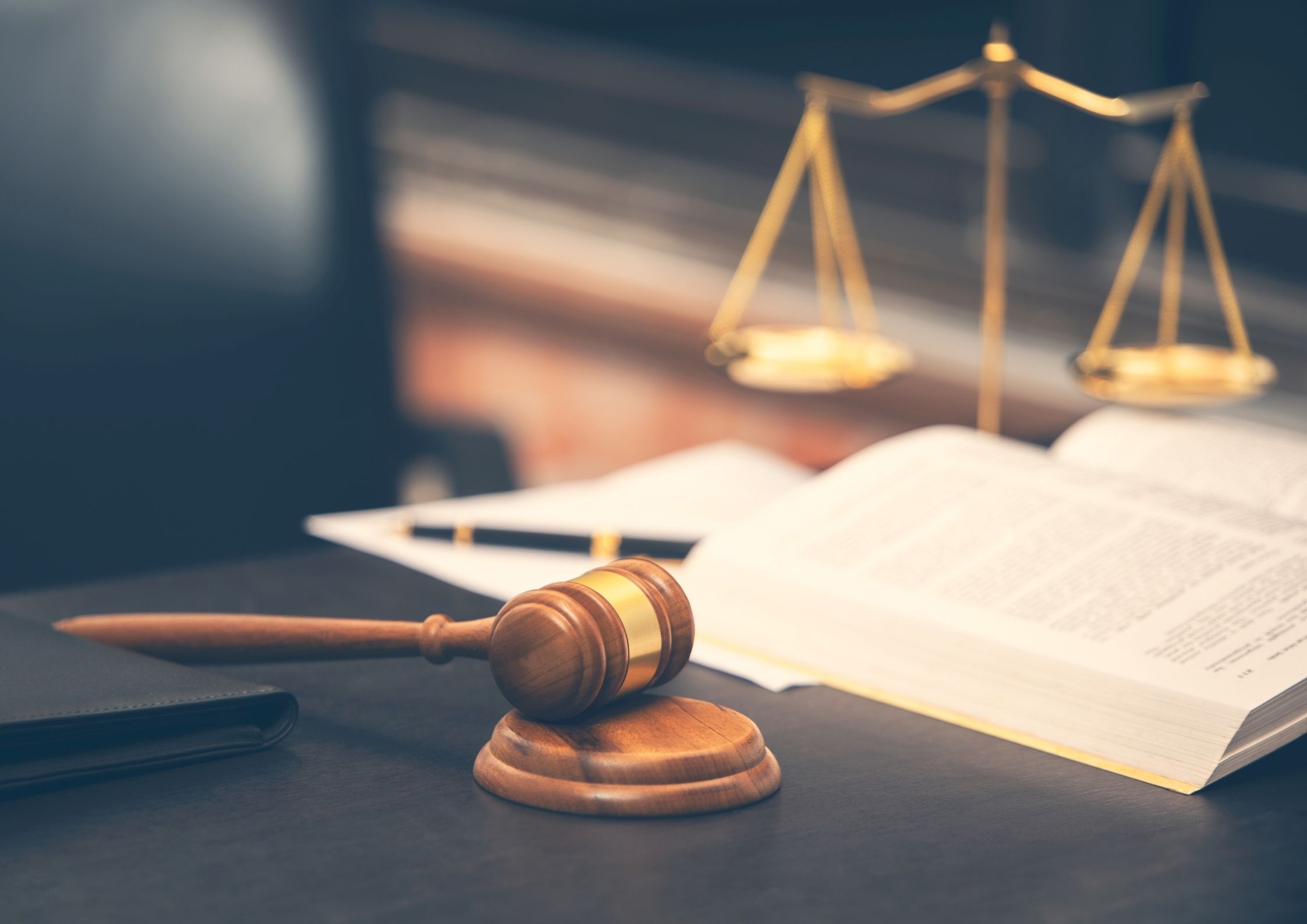There’s a moment in every technological shift when the excitement of possibility begins to outpace the discipline of control. Artificial intelligence in intellectual property has reached that point. Everyone is integrating it—into searches, classifications, valuations—but not everyone is asking what happens when the system becomes too confident, and we become too trusting. This blind adoption of AI in IP, while exciting, also carries potential risks that we must be cautious and aware of.
Progress often disguises fragility. The more automation delivers, the less we question the process behind it. I keep wondering whether the industry’s obsession with “faster” and “smarter” might have quietly replaced something far more critical: explainable. It's crucial to remember that transparency and explainability are not just buzzwords, but essential elements that can inform and enlighten us in the AI journey.
When decisions touch confidential invention data, licensing strategy, or competitive positioning, traceability becomes more than good practice—it becomes a form of protection. Yet, many still treat it as an afterthought. It’s easy to celebrate predictive power; it’s harder to celebrate transparency.
The irony is that governance, often seen as a brake, is actually the engine of long-term trust. Systems that can be explained, audited, and defended don’t slow progress—they sustain it. That’s the real benchmark of strategic AI in IP.
If we start viewing “safe AI” not as a compliance hurdle but as a leadership principle, the conversation changes entirely. Transparency, privacy assurance, bias monitoring, and validation become tools for credibility, not constraints. They allow IP leaders to use AI without surrendering accountability. This shift towards responsible AI is not just a change in practice, but a cultural shift that engages us all and requires our commitment.
Perhaps that’s where the future lies—not in who can automate most, but in who can govern best.
The subtle cost of speed
In the race to modernize IP operations, speed has become the default metric of innovation. But speed without structure risks eroding the very foundation of decision-making. Behind every algorithmic suggestion lies data—often confidential, sometimes incomplete, occasionally biased. And when that data feeds automated reasoning, the outcome carries real-world consequences: portfolios reprioritized, claims interpreted, assets valued.
The risk isn’t simply technical; it’s strategic. Without proper oversight, AI can easily overfit to patterns that make sense statistically but not commercially. An “optimized” IP portfolio might look efficient on paper yet miss the contextual judgment that comes only from experience.
It raises a quiet but fundamental question: have we come to trust pattern recognition more than reasoning?
When data becomes destiny
IP is one of the few domains where the margin of error is almost nonexistent. A single misinterpreted claim or misplaced classification can alter the trajectory of an entire business unit. That’s why explainability and traceability are not luxuries—they are prerequisites for sound governance.
The systems we design should not only predict outcomes but also show how those predictions were formed. They should reveal, not conceal. For example, when AI models cluster patents or suggest licensing targets, leaders should be able to trace which parameters, sources, and logic led to that conclusion.
In this sense, safe AI is not about restricting technology—it’s about keeping the human judgment visible. The more sophisticated our tools become, the more deliberate our oversight must be.
Building a culture of governed intelligence
Implementing AI responsibly in IP isn’t a single decision—it’s a culture. Governance must live inside the workflow, not beside it. It begins with transparency—making sure teams understand how algorithms work, what data they rely on, and how often they evolve. It extends to privacy—ensuring proprietary information doesn’t become invisible training material for models outside your control.
Bias monitoring should also be embedded as a continuous discipline, not a one-time test. Every model inherits the perspective of its data. In IP analytics, that might mean favoring certain jurisdictions, technologies, or filing behaviors. Recognizing and correcting these tendencies is as vital as improving accuracy.
Finally, validation must become a shared responsibility between machines and experts. Human review shouldn’t disappear—it should evolve into model oversight, where analysts and AI systems learn from each other.
From compliance to credibility
Some organizations treat AI governance as a checkbox, something to check off to satisfy internal audit or legal review. But the real value emerges when governance becomes a differentiator. Clients, investors, and regulators increasingly expect transparency around algorithmic decision-making. In IP, this translates to demonstrable confidence that every insight—whether from a search engine or valuation model—can be traced, explained, and trusted.
In this environment, safe AI becomes strategic AI. It’s not about slowing innovation; it’s about protecting its integrity. The credibility of your IP function will depend not just on how much data you analyze, but on how clearly you can show what that data means and how responsibly it’s used.

Keeping the dialogue open
AI will undoubtedly transform how we manage intellectual property, but without governance, that transformation risks undermining its own purpose.
As an industry, we’re still learning how to balance creativity, speed, and accountability.
The real challenge is cultural, not technological: building systems that invite oversight rather than obscure it. That’s where leadership matters most.
I’m curious how others in the IP and innovation community are approaching this balance.
How are you building trust into your AI processes? Where does governance sit in your digital transformation agenda?
Because in the end, safe AI isn’t just about managing risk—it’s about defining what responsible progress should look like.
Talk to One of Our Experts
Get in touch today to find out about how Evalueserve can help you improve your processes, making you better, faster and more efficient.


